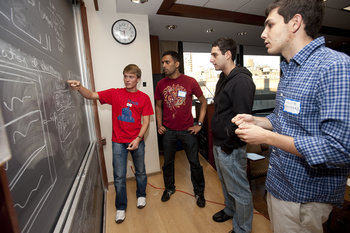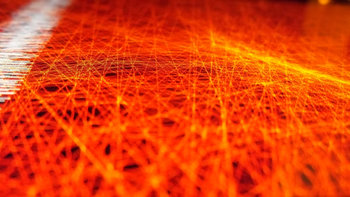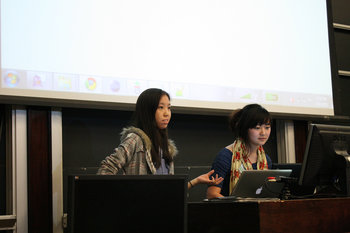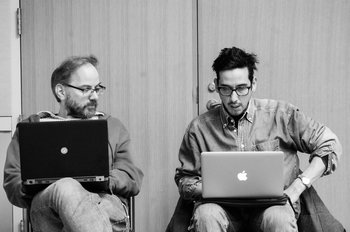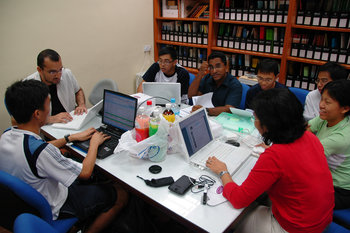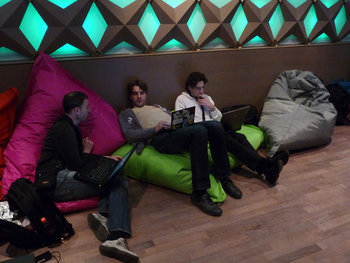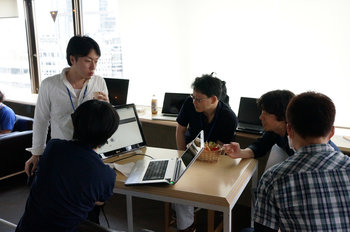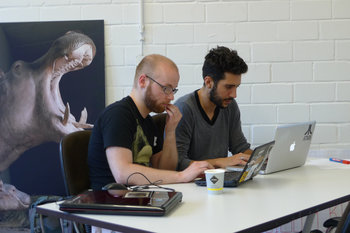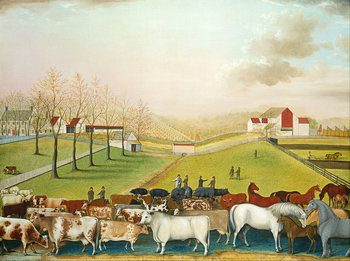
Feature Creep
Software that includes functions that are only loosely related to its core purpose. For example, printer drivers that include applications such as an image editor.Big Ball of Mud
Software that has been extended many times without a consistent architecture and design. Such software may contain large blocks of inefficient, unused and broken code that software developers are scared to touch.Application Bloat
Applications that are included with a device, software package or service for commercial reasons. Users may consider this bloat if such applications are unwanted and difficult to remove.Aggressive Features
Features that interfere with other software or a user's enjoyment of their devices and data. For example, a music app that starts renaming music files and downloading additional content without asking the user.Overengineering
Software with an unnecessarily complex architecture, design and implementation. For example, a media player that is implemented as an large platform when it could be a lightweight tool.Perceived Bloat
Users commonly perceive applications that are slow or that have an overly complex user interface as bloated.| Overview: Software Bloat | ||
Type | ||
Definition | Software that is overly complex relative to its purpose. | |
Related Concepts | ||


